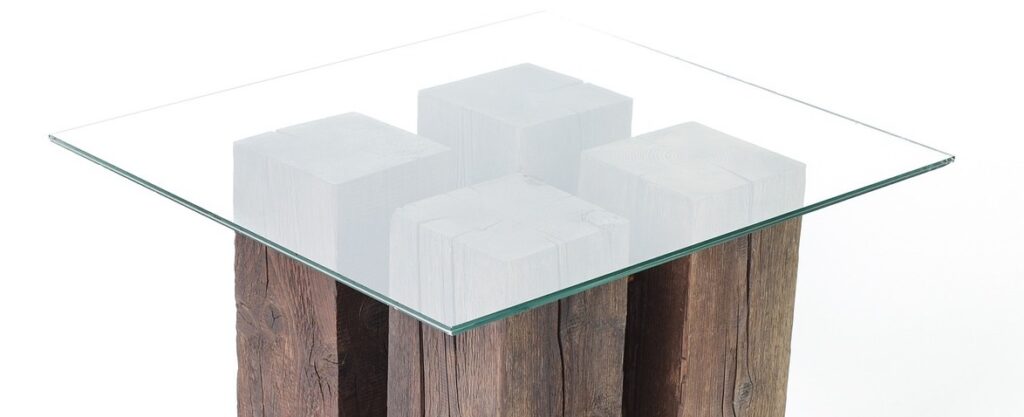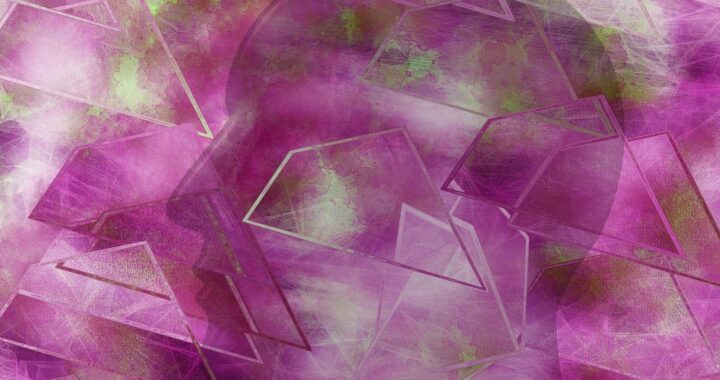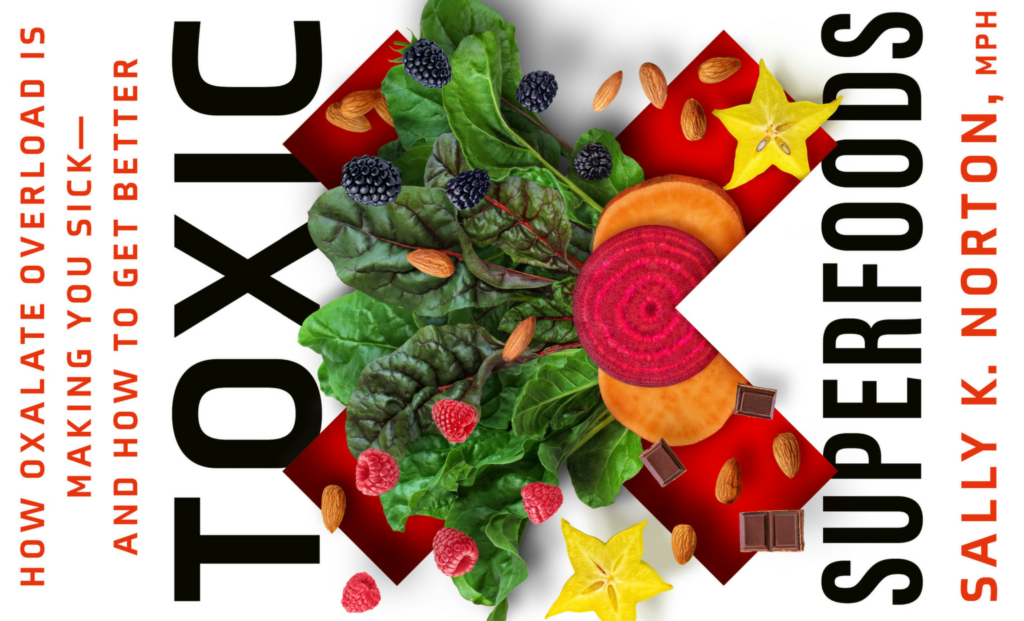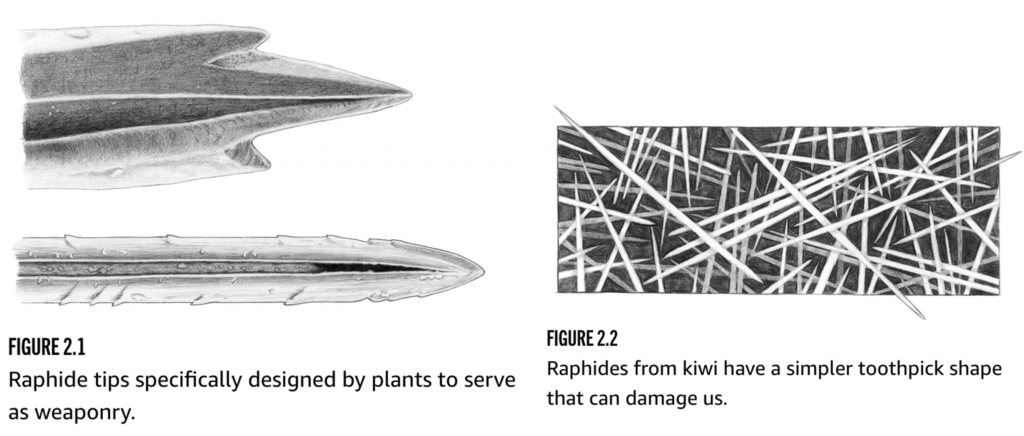Are you exposing your body to sha chi (cutting/knife) energy?
You most likely are – with food high in oxalates, such as spinach, almonds, dark chocolate, etc. (read the list below). You may never have heard of oxalates, but if you’re a feng shui enthusiast you’ve heard about sha chi / cutting chi/knife energy, etc. Oxalates are to your body what cutting chi is to you in your environment.
What is cutting chi?
In classical feng shui, sha chi/qi (煞气) refers to a negative type of chi/qi or negative environmental influence. Objects or environments that have cutting/killing chi are usually characterised by sharp corners and pointy, sharp, shard-like shapes. There are also other environmental factors that have knife chi, or bad vibe or disharmonious energy if you like, such as electrosmog, geopathic stress, clutter, T-junctions, telephone poles or trees that block light or the flow of energy in front of your home/business, tall building with corners pointing at your property, mirrored tiles or mirrors that dissect your body, beams above your bed and so on. In short, anything that is not harmonious and drains your energy can be called sha chi or, as the translation suggests, killing/cutting/knife chi.
Negative energy (sha qi or shar chi) is considered inauspicious in feng shui practice. Different types of cutting chi are usually straight lines, sharp, angularity shapes and corners or ‘secret/poison arrows’ as they’re sometimes called, which are best to be avoided, deflected or moderated and mitigated with different feng shui interventions (Collins, 1996; Webster, 1997) to allow for harmonious ‘flux of chi energy’ (Bonaiuto et al., 2020). There are studies on preference for shapes (including my MSc Environmental Psychology dissertation on this topic) which suggest that people don’t like sharp, angular shapes because they find them uncomfortable and threatening and prefer round, oval, and curvilinear shapes. Ultimately, it’s the relationship and perceptions/beliefs that people have in relation to such negative influences that matter.

A table with sha chi, i.e. sharp glass corners ‘projecting’ negative influence
Solutions to sha / cutting chi
In spite of all the strong words describing the negative environmental effects, there are several solutions to cutting / knife chi, which fall into main categories:
1) avoidance
2) reflection/deflection/blocking or moderation/mitigation/removal (with mirrors, windchimes, shiny round objects, etc.)
3) space clearing (especially clutter)
What are oxalates, and what do they do?
Oxalates are tiny molecules that bind minerals like calcium and form shart crystals. Oxalates are plants’ defence mechanisms. Oxalates also cause inflammation and interfere with the natural healing and repair mechanism that happens while you sleep.
Toxic Superfoods: How Oxalate Overload Is Making You Sick and How to Feel Better – published in 2022 by Sally K. Norton, is one of the top books on health I read last year. Although Sally Norton received her bachelor’s degree in nutritional science from Cornell University and her master’s degree in public health from the University of North Carolina, Chapel Hill, she – like most people – didn’t know about the impact oxalates can make on her own health which was quite poorly at the time, even though she tried to lead a very healthy diet and lifestyle. Once she sorted out her oxalate overload, her health improved dramatically, and the result is this comprehensive book.
In her words, oxalates are weapons for plants to shun a host of predictors. She writes, “When oxalic acid molecules bind to minerals (such as calcium), the resulting oxalates tend to form crystals. Plants deliberately construct a variety of shapes of calcium oxalate crystals by first erecting scaffolding made from proteins that have a strong affinity for calcium. The shapes of these creations include rough sand, diamonds or pyramids, rectangular blocks, spiky “disco balls,” and long fine needles with barbed tips. The needle shapes are called raphides (see Figures 2.1 and 2.2 below).” These raphides can be described as sha chi, and most people eat foods high in oxalates which contain these sharp molecules.
The top three ‘superfoods’ that are very high in oxalate:
• spinach,
• Swiss chard and
• beet greens.
Examples of foods high in oxalates:
beans, grains, bran, sesame and other seeds, peanuts, almonds, and other nuts, swiss chard, spinach, beets, potatoes, chocolate, rhubarb, figs, kiwi, blackberries, black pepper, cumin, turmeric.
Examples of foods low in oxalates:
meats, dairy, eggs, fats and oils, and other non-plant foods, arugula, avocado, Bok Choy, cabbage, cauliflower, cilantro, cucumber, garlic, kohlrabi, lettuce, mustard greens, mushrooms, green peas, watercress.
Solutions to oxalate
Similar to solutions to cutting chi, solutions to oxalates are:
1) avoid (Toxic Superfoods: How Oxalate Overload Is Making You Sick and How to Feel Better has the full list of most foods that have oxalates)
2) reduce (goodbye dark chocolate 🙁 and almond milk…)
3) detox (Sally K. Norton’s book on oxalates has a section on how to deal with the overload) and take an antidote to oxalate
For more info, visit Sally K. Norton website and Q&A on oxalates.



